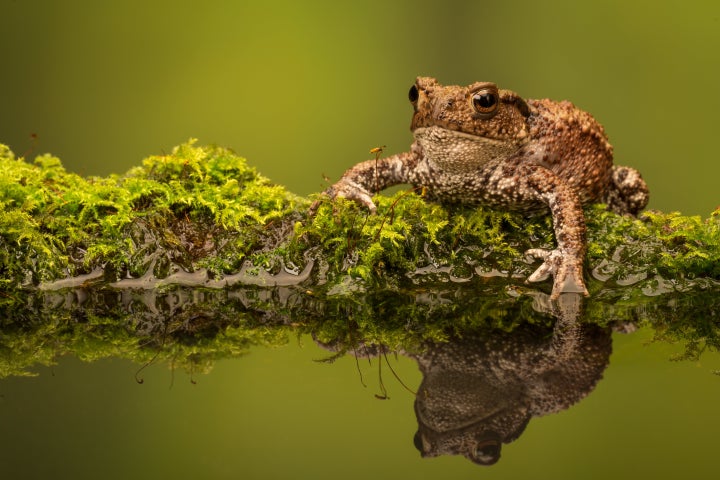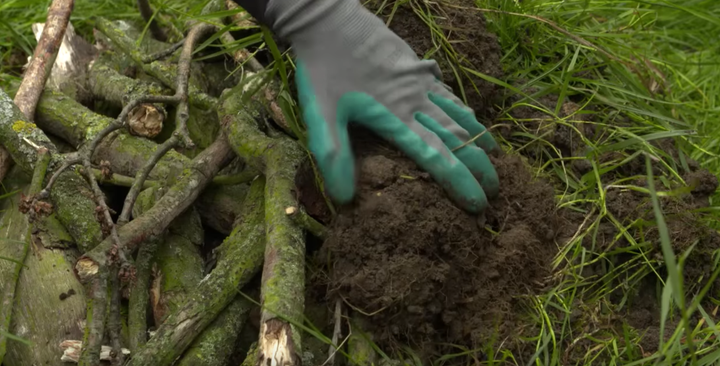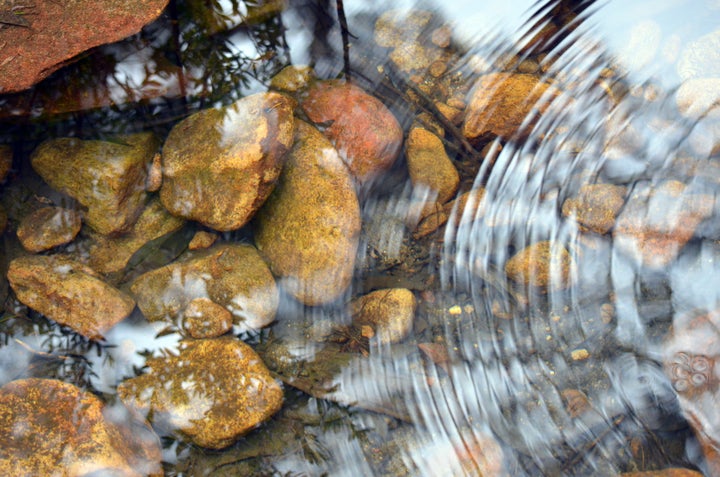
Frog and toad sightings have fallen since 2014, with a lack of garden ponds believed to be a big factor in the declining numbers.
The study focussed on Scotland in particular, frog and toad numbers had been declining in the rest of the UK and in other countries, too, according to the RSPB who released the findings.
“There are lots of simple things we can all do in our outdoor spaces to make them perfect for wildlife,” said Daniel Hayhow, RSPB conservation scientist.
The RSPB is urging those who can to consider building ponds, but for those who don’t have the space to do so – here’s how you can make your garden or outside space more welcoming to our amphibian friends.
Make a muddy frog cave.

Building a frog cave is a solution that can work even if you have a small area of green space (or a communal garden) – all you need is a spade, some sticks, stones and small logs.
Dig a hole around a foot wide (ideally in the corner of a garden) and place some stones or pebbles in the bottom to flatten it out.
Place the logs on top of the stones to create lots of nooks and crannies for a frog to move around in. Scatter the branches over the logs and then finally pat the earth back on top. Lovely.
Make a mini pond using a washing up bowl.

To create a frog-friendly pool you’ll need a washing up bowl and a few stones.
Dig a hole in the grass and place the bowl inside, fill it up with water and frog’s your uncle. (Sorry.)
And if you don’t have any grass but have a patio or courtyard, the RSPB advise you to place the bowl on top of the concrete and put lots of rocks and stones around it to give frogs and toads a way to access it.
Some amphibians will hibernate in water during the winter, so if you do have a pond or pool it’s a good idea to make sure it’s not frozen over at any point.
Buy a cute toad house.

If DIY isn’t your thing, you can buy a shelter made specifically for toads and frogs online or from the RSPB.
The shelters are best placed near a pond or damp area in a quiet, cool, shaded position. They can provide shade in summer and insulation in winter.